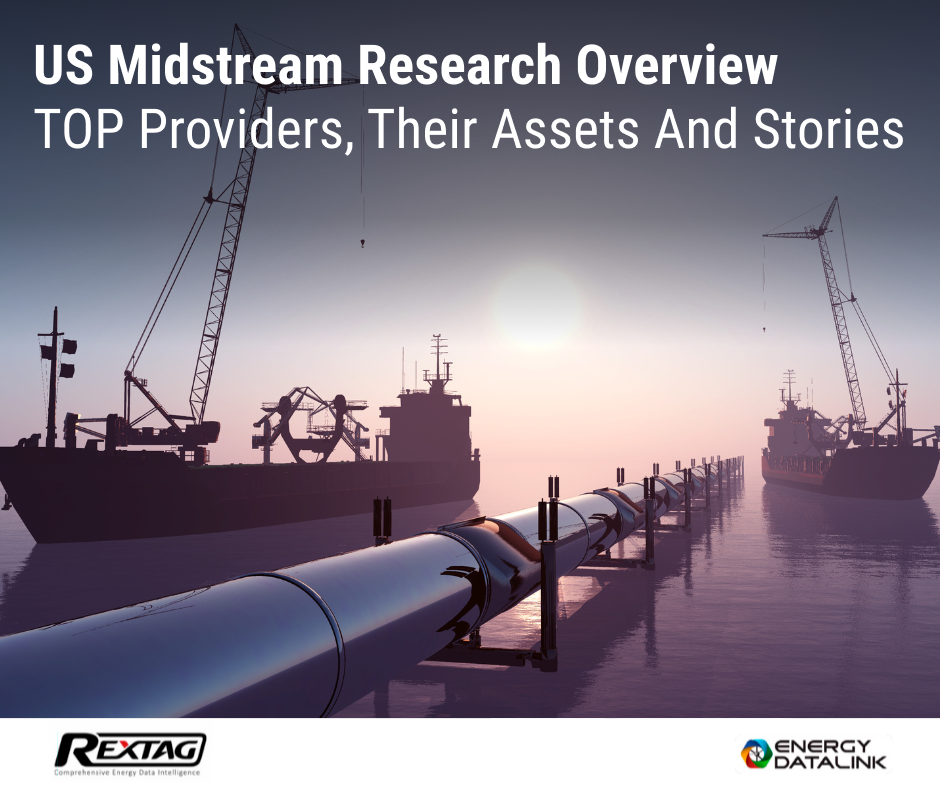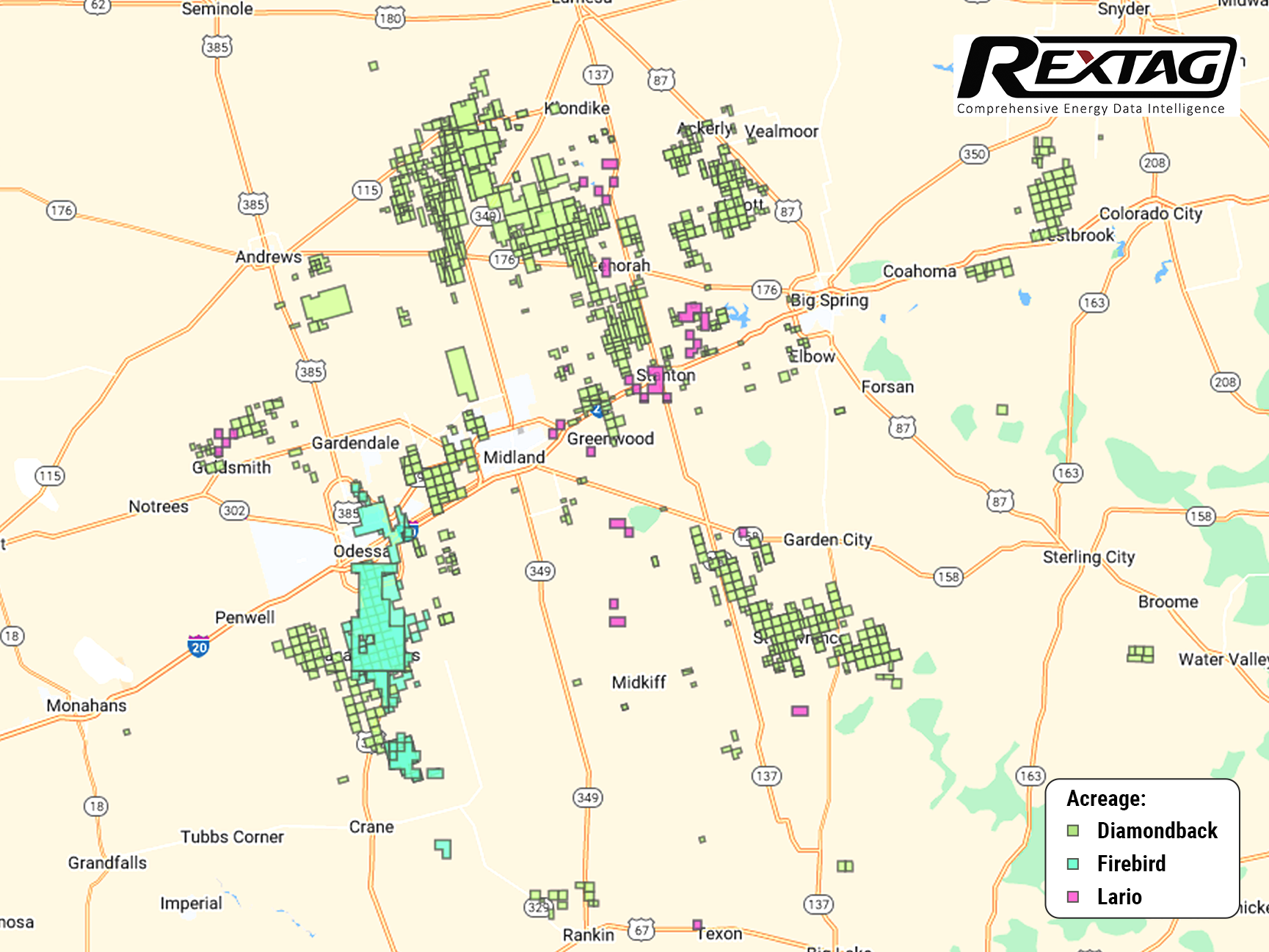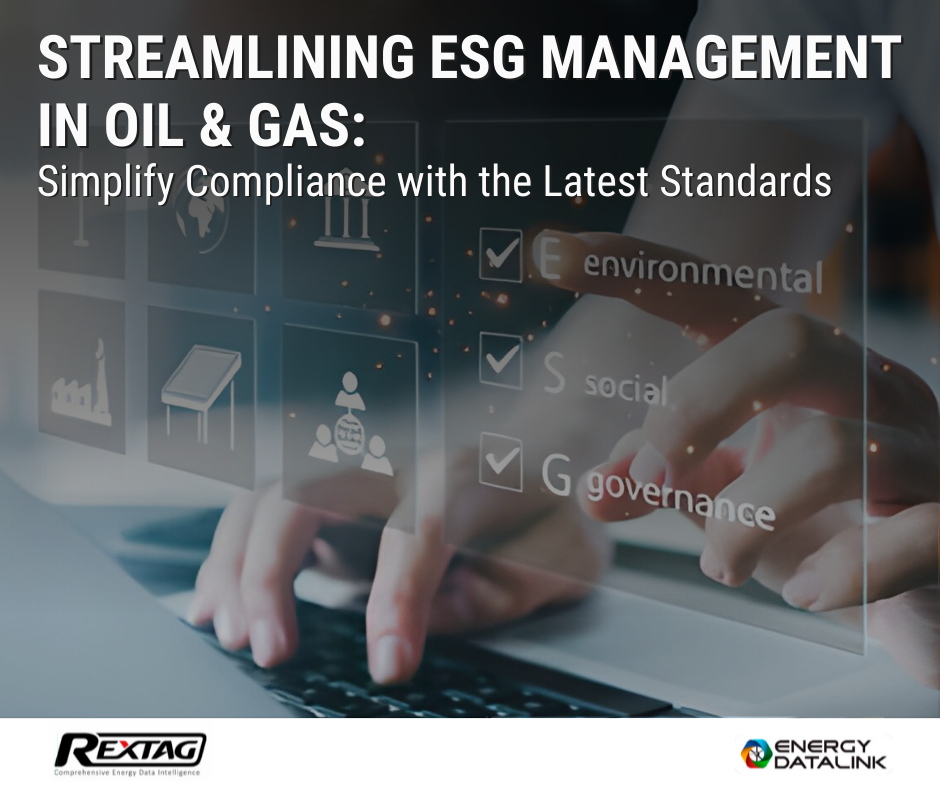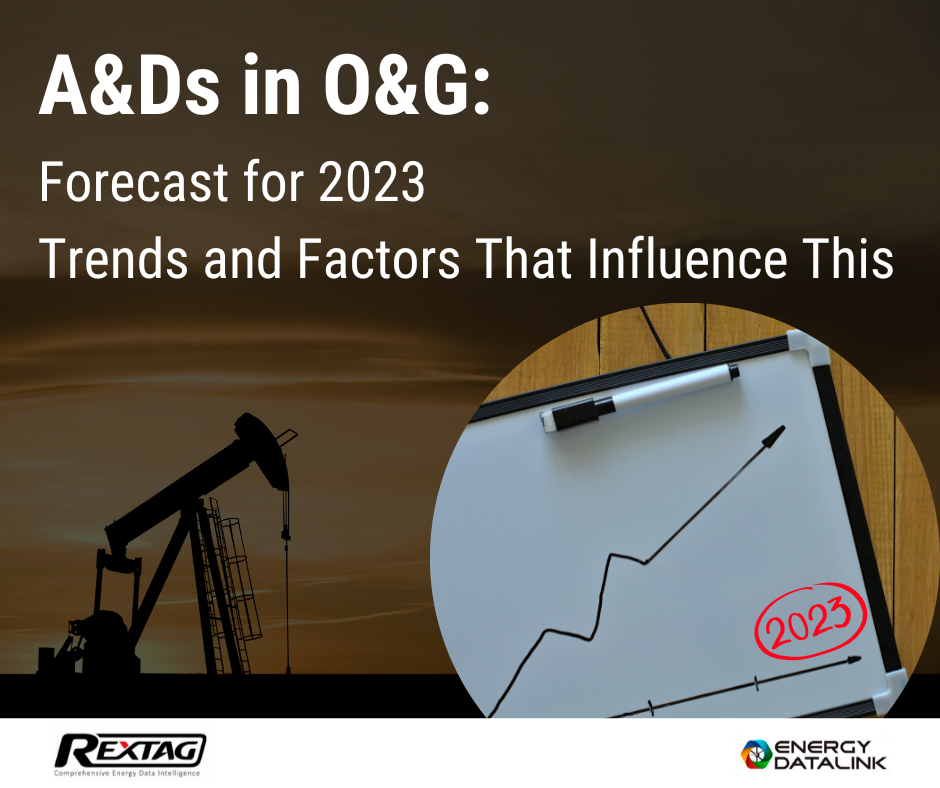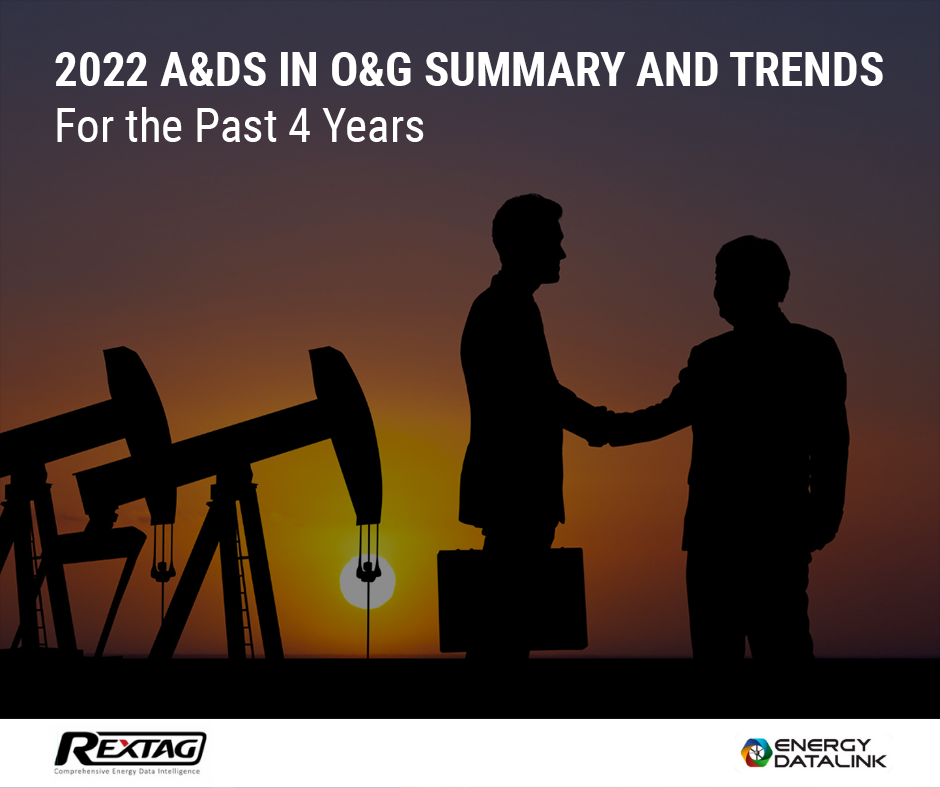Blog
Since days when shale oil and gas technologies were discovered, the U.S. energy industry has been evolving more rapidly than ever before. Many changes are amazing especially when you put them on an industry map. At Rextag not only do we keep you aware of major projects such as pipelines or LNG terminals placed in service. Even less significant news are still important to us, be it new wells drilled or processing plants put to regular maintenance.
Daily improvements often come unnoticed but you can still follow these together with us. Our main input is to “clip it” to the related map: map of crude oil refineries or that of natural gas compressor stations. Where do you get and follow your important industry news? Maybe you are subscribed to your favorite social media feeds or industry journals. Whatever your choice is, you are looking for the story. What happened? Who made it happen? WHY does this matter? (Remember, it is all about ‘What’s in It For Me’ (WIIFM) principle).
How Rextag blog helps? Here we are concerned with looking at things both CLOSELY and FROM A DISTANCE.
"Looking closely" means reflecting where exactly the object is located.
"From a distance" means helping you see a broader picture.
New power plant added in North-East? See exactly what kind of transmission lines approach it and where do they go. Are there other power plants around? GIS data do not come as a mere dot on a map. We collect so many additional data attributes: operator and owner records, physical parameters and production data. Sometimes you will be lucky to grab some specific area maps we share on our blog. Often, there is data behind it as well. Who are top midstream operators in Permian this year? What mileage falls to the share or Kinder Morgan in the San-Juan basin? Do you know? Do you want to know?
All right, then let us see WHERE things happen. Read this blog, capture the energy infrastructure mapped and stay aware with Rextag data!
Select Water Solutions Acquires Haynesville and Rockies Assets
Select Water Solutions, a leader in water and chemical services for the energy industry has bought key water assets in the Haynesville Shale and Rockies for $90 million. This deal adds 450,000 barrels per day of capacity with disposal wells and treatment facilities, boosting Select's operations.
Occidental's Asset Cuts After CrownRock's $12 Billion Deal
Occidental Petroleum is expanding its reach in the Midland Basin and targeting deeper drilling in the Barnett area through its significant $12 billion purchase of CrownRock LP. CrownRock, a collaboration between CrownQuest Operating LLC and Lime Rock Partners, is recognized for its prime land holdings in the Permian Basin. This acquisition brings over 94,000 net acres and 1,700 undeveloped drilling spots in the Midland Basin to Occidental's portfolio.
Crescent Point Acquires Hammerhead for $1.86 Billion for Expansion in Montney Shale
Crescent Point Energy Corp has finalized a deal to acquire Hammerhead Energy Inc. for approximately $1.86 billion. This strategic acquisition significantly expands Crescent Point's drilling locations within the Montney Shale region in Alberta, Canada, positioning the company as a stronger competitor in one of North America's most resource-rich oil areas.
Non-Core Canadian Assets of Murphy Oil Successfully Divested for $104M
Houston-based Murphy Oil Corp. has successfully concluded the divestiture of its non-core operated assets located across its Western Canadian terrain, including the assets in the Kaybob Duvernay region and the complete non-operated Placid Montney position through a subsidiary. The divestiture was initially made public in August and was concluded. The transaction yielded cash proceeds of around US$104 million (CA$141 million), slightly lower than the originally anticipated US$112 million.
US Midstream Research 2022 Overview: TOP Providers, Their Assets and Stories
The midstream sector plays a vital role in the oil and gas supply chain, serving as a crucial link. As the energy transition continues, this industry, like the broader sector, encounters various risks. Yet, existing analyses have predominantly concentrated on the risks faced by the upstream and downstream sectors, leaving the fate of the midstream relatively unexplored. In a nutshell, midstream operators differentiate themselves by offering services instead of products, resulting in potentially distinct revenue models compared to extraction and refining businesses. However, they are not immune to the long-term risks associated with the energy transition away from oil and gas. Over time, companies involved in transporting and storing hydrocarbons face the possibility of encountering a combination of reduced volumes, heightened costs, and declining prices.
Global Oil Supply and Demand Trends Overview: Insights from Rextag
Global oil supply and demand saw notable changes in April 2023. Liquids demand declined by 0.7 MMb/d to 99.9 MMb/d, with gains in China and Europe offset by reduced demand in Japan and the Middle East. OPEC 10 production remained stable at 29.5 MMb/d, while Saudi Arabia increased output by 0.3 MMb/d. Non-OPEC production declined slightly, Russian production dropped further, and US shale production remained steady. Combined production in Iran, Venezuela, and Libya remained unchanged. Commercial inventories increased, and OPEC+ implemented production cuts. Economic sentiment remains uncertain amid rising global inflation.
Streamlining ESG Management in Oil & Gas: Simplify Compliance with the Latest Standards
To effectively manage ESG issues in O&G companies, a comprehensive approach is required, addressing multiple managerial issues. First, ESG considerations must be integrated into the corporate strategy, setting goals that align with business objectives, reflected in budgeting, capital allocation, and risk management. Accurate and efficient collection, management, and reporting of ESG data is necessary for identifying relevant metrics and indicators, such as greenhouse gas emissions, water consumption, and social impact indicators.
Exploring ESG in Upstream Operations: Examining Achievements, Obstacles, and Emerging Patterns
ESG considerations are becoming increasingly essential for companies operating in the upstream sector. Failure to address ESG concerns may result in financial and reputational risks, given the growing focus from investors, regulators, and other stakeholders. Companies must prioritize ESG performance and engage with stakeholders to address concerns and mitigate risks. By doing so, they can improve their reputation, attract investment, and contribute to a more sustainable future
A&Ds in O&G forecast for 2023, trends and factors that influence this
“Our view is in 2023 M&A picks up. There was some this 2022 year, but again, it was such a funky, weird macro world. We expect fewer surprises in 2023.” — Dan Pickering, Pickering Energy Partners. Modern companies in the world operate in a rapidly changing external environment, so the process of reorganization is one of the basic tools for solving the problem of adapting companies to new conditions. Recently, the number of Acquisitions and Divestitures in the oil and gas industry has been growing rapidly, i.e. it can be said that the market for these deals is dynamically developing.
2022 A&Ds in O&G Summary and Trends for the past 4 years
More than 60% of all A&D deals by value are in US oil and gas companies. Despite their leading market position, U.S. fields are developing unevenly, and investors are quite cautious about investing in them at this stage. The top 5 oil & gas industry A&D deals in 2022 were concluded by Omega Acquisition, Tokyo Gas, Diamondback Energy, Suncor Energy, and IMM Private Equity. The main motives of oil and gas companies to carry out A&D transactions can be considered the achievement of the synergy effect, and the presence of fundamental shocks in the market.
_Select Water Solutions Bolts On Haynesville, Rockies Assets for $90MM.png)
 How Grinch Almost Made Off with All Oil from Santa's TX-based Barrels.png)
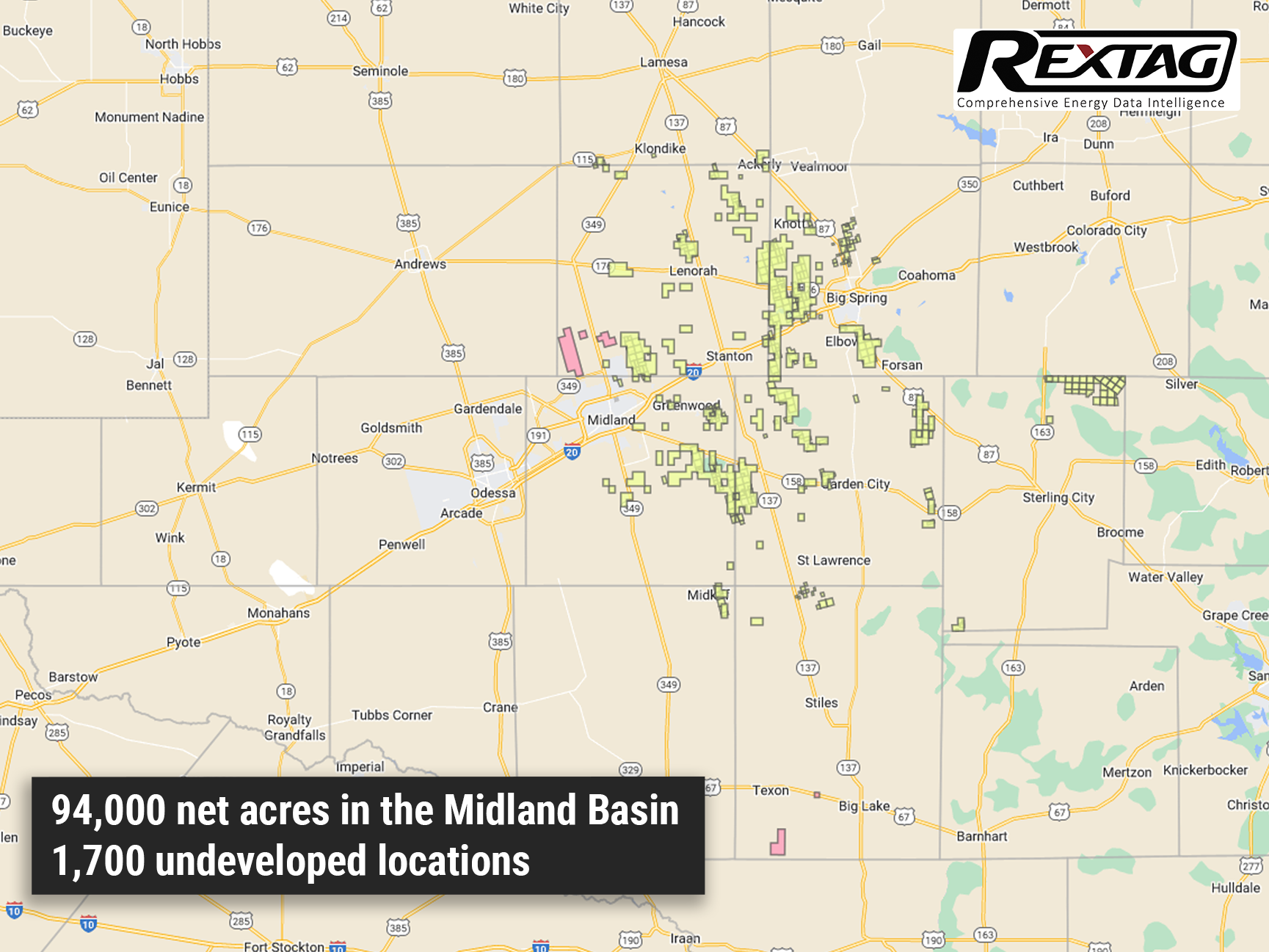
.png)

